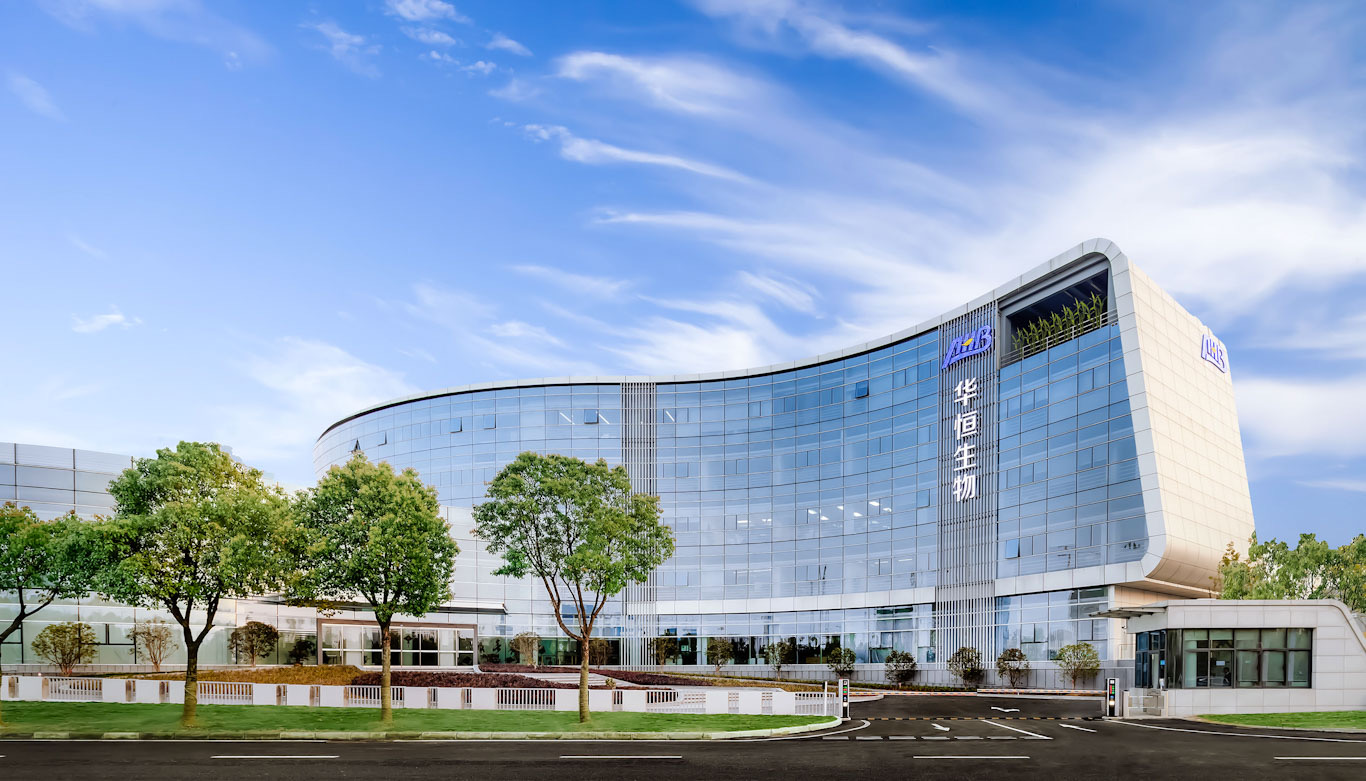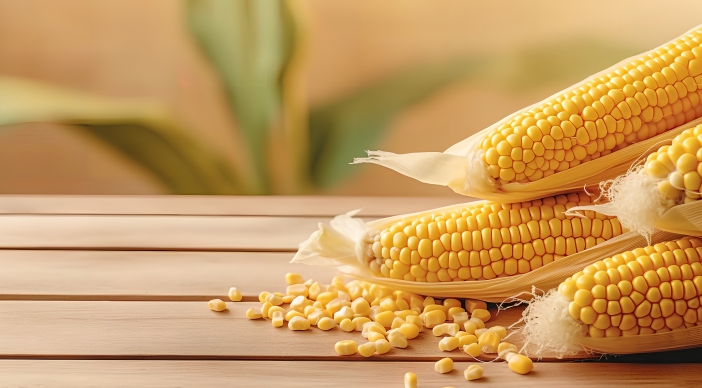-
About BIOAGRI™SA
BIOAGRI™SA is an important intermediate involved in the tricarboxylic acid cycle in plant respiratory metabolism. It oxidizes succinic acid to fumaric acid, releasing energy and oxygen, and also participates in photosynthesis. It forms pyrrole with glycine 7-1, which is then converted into chlorophyll through leaf porphyrin. At the same time, it can improve the activity of enzymes and proteins, which is beneficial for the synthesis and transportation of flour, and increase the accumulation of dry matter in the grains of rice crops.
Consult now

Functions
-
Promote the accumulation of wheat dry matter and the occurrence of tillering
Soaking seeds in succinic acid can increase the activities of superoxide dismutase (SOD), peroxidase (POD), and catalase (CAT) in the leaves of two wheat varieties, while also promoting the accumulation of wheat dry matter and the occurrence of tillering.
-
Promote the development of root systems
It can promote the development of root systems, increase tillering, make plants tall, and have thick and fertile leaves.
-
Improve the induction rate of callus tissue
Succinic acid and its ammonium salts have a significant effect on improving the induction rate of callus tissue.
Applicatons












